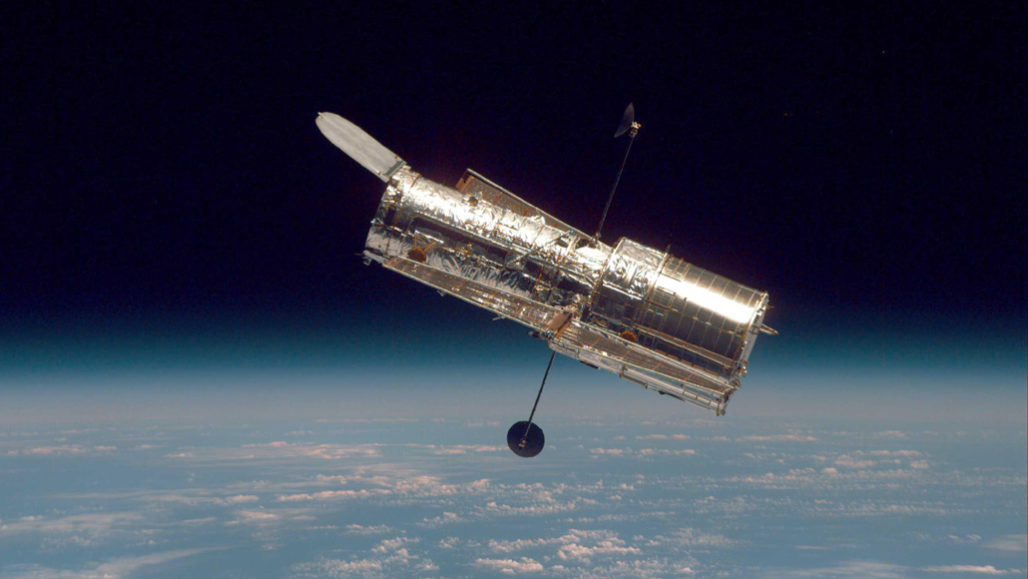Antarctica: A continent mostly covered in ice, which sits in the southernmost part of the world.
diet: The foods and liquids ingested by an animal to provide the nutrition it needs to grow and maintain health. (verb) To adopt a specific food-intake plan for the purpose of controlling body weight.
edible: Something that can be eaten safely.
exoplanet: Short for extrasolar planet, it’s a planet that orbits a star outside our solar system.
fiction: (adj. fictional) An idea or a story that is made-up, not a depiction of real events.
GPS: Abbreviation for global positioning system.
laser: A device that generates an intense beam of coherent light of a single color. Lasers are used in drilling and cutting, alignment and guidance, in data storage and in surgery.
monitor: To test, sample or watch something, especially on a regular or ongoing basis.
moon: The natural satellite of any planet.
NASA: Short for the National Aeronautics and Space Administration. Created in 1958, this U.S. agency has become a leader in space research and in stimulating public interest in space exploration. It was through NASA that the United States sent people into orbit and ultimately to the moon. It also has sent research craft to study planets and other celestial objects in our solar system.
navigate: To find one’s way through a landscape using visual cues, sensory information (like scents), magnetic information (like an internal compass) or other techniques.
orbit: The curved path of a celestial object or spacecraft around a star, planet or moon. One complete circuit around a celestial body.
penguin: A flightless black-and-white bird native to the far Southern Hemisphere, especially Antarctica and its nearby islands.
planet: A celestial object that orbits a star, is big enough for gravity to have squashed it into a roundish ball and has cleared other objects out of the way in its orbital neighborhood. Astronomers of the International Astronomical Union (IAU) created this three-part scientific definition of a planet in August 2006 to determine Pluto’s status. Based on that definition, IAU ruled that Pluto did not qualify. The solar system now includes eight planets: Mercury, Venus, Earth, Mars, Jupiter, Saturn, Uranus and Neptune.
population: (in biology) A group of individuals from the same species that lives in the same area.
radar: A system for calculating the position, distance or other important characteristic of a distant object. It works by sending out periodic radio waves that bounce off of the object and then measuring how long it takes that bounced signal to return. Radar can detect moving objects, like airplanes. It also can be used to map the shape of land — even land covered by ice.
satellite: A moon orbiting a planet or a vehicle or other manufactured object that orbits some celestial body in space.
Saturn: The sixth planet out from the sun in our solar system. One of the four gas giants, this planet takes 10.7 hours to rotate (completing a day) and 29 Earth years to complete one orbit of the sun. It has at least 53 known moons and 9 more candidates awaiting confirmation. But what most distinguishes this planet is the broad and flat plane of seven rings that orbit it.
telescope: Usually a light-collecting instrument that makes distant objects appear nearer through the use of lenses or a combination of curved mirrors and lenses. Some, however, collect radio emissions (energy from a different portion of the electromagnetic spectrum) through a network of antennas.

